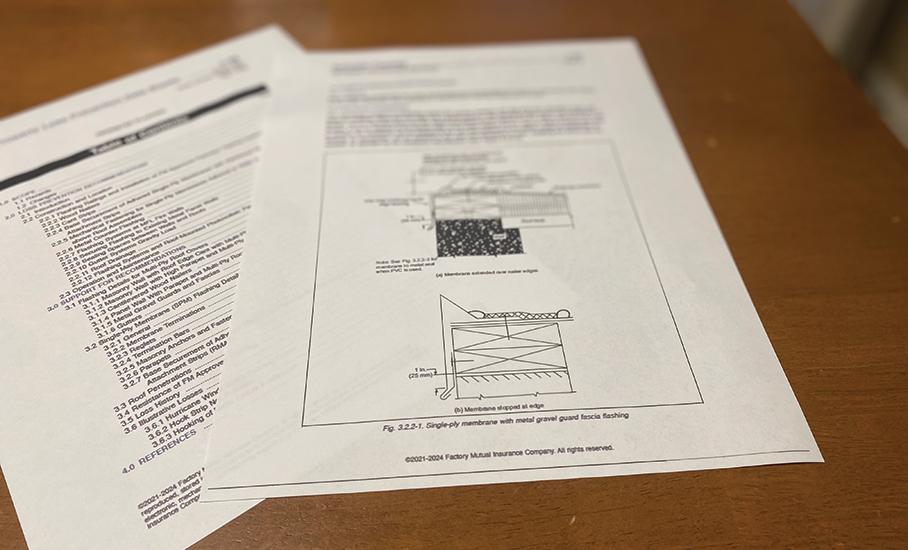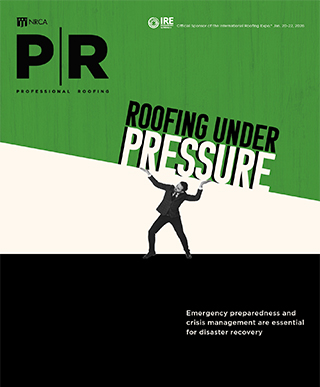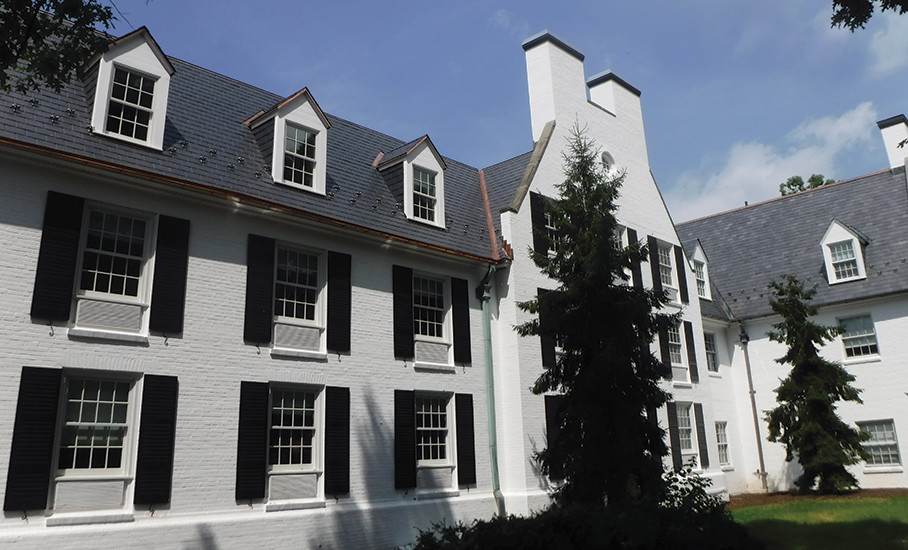
FM, previously known as FM Global, has updated several of its roofing-related Property Loss Prevention Data Sheets. These data sheets provide building owners and designers of roof assemblies guidance intended to be specifically applicable to FM-insured buildings. In some instances, designers also use FM’s guidance for buildings that are not FM insured. Roof assembly designers should be aware of this updated guidance.
October 2024 revisions
In October 2024, FM revised the following data sheets:
- FM 1-28, “Wind Design”
- FM 1-31, “Panel Roof Systems”
- FM 1-35, “Vegetative Roof Systems”
- FM 1-49, “Perimeter Flashing”
- FM 1-52, “Field Verification of Roof Wind Uplift Resistance”
- FM 1-54, “Roof Loads for New Construction”
Several data sheet revisions are minor. For example, the only revision of FM 1-28 is a revised wind speed map for Brazil. This reflects the international nature of FM’s guidance.
Other data sheets, including 1-49 and 1-52, contain more significant revisions. Following is a brief overview.
FM 1-49
FM 1-49 provides guidance for determining wind pressures and ratings for FM-approved perimeter roof flashings, including fascia, coping and gutter systems. Design wind pressures and wind ratings are determined by using FM Approval’s RoofNav Ratings Calculator.
With FM 1-49’s latest version, new fascia, coping and gutter systems tested and approved by FM Approvals will be listed with vertical (uplift) and horizontal (outward) pressure resistances. FM Approvals previously listed perimeter roof flashings based on wind ratings (Class 60, Class 90, Class 120, etc.). FM Approvals has indicated previous wind ratings eventually will be converted to vertical and horizontal pressure resistances.
FM 1-49’s Table 3.4-1, “Minimum Resistances for FM Approved Flashing systems,” provides minimum uplift and outward resistances for specific wind ratings.
Concerns with field-uplift testing continue
In the September 2023 issue, “Putting the test to the test” highlights NRCA’s long-standing concerns with the use of field-uplift testing as a quality-assurance measure for roof system installation. It also provides results of an ASTM International interlaboratory study, which was conducted at FM’s West Glocester, R.I., research facility. NRCA participated in this study.
The study showed notable variability in deflection measurements by various test operators. It also showed no correlation between field-uplift test methods results—even under controlled laboratory conditions—and FM Approvals’ laboratory-derived evaluation uplift-resistance classifications.
The latest revision to FM 1-52 does not address these long-standing concerns or the results of the ASTM International study.
NRCA maintains its long-standing position that field-uplift testing should not be relied upon as an indicator of an adhered roof assembly’s in situ uplift resistance or as a quality-assurance measure of roof assembly installation. Continuing to use it as such is irresponsible.
FM 1-52
FM 1-52 describes field testing new roof system installations to determine whether there is adequate wind resistance. It also provides an alternative for visual construction observation. Confirmation of wind resistance adequacy is intended for FM-insured buildings in tropical cyclone-prone regions. In the U.S., tropical cyclone-prone regions occur along the Atlantic Ocean and Gulf of Mexico coasts within the coastal side of the 100-mph wind zone and Hawaii.
With FM 1-52’s latest version, its scope has changed to limit use on existing roofs after a storm event if comparable field tests already have been conducted immediately before the storm and roof system damage or deficiencies can be proved to not have existed before the storm.
Also, guidance has been added suggesting test operators should have specialized training to be qualified to run the test.
Additional guidance regarding deflection bar placement and test pressure level intervals is provided.
Statements have been added indicating results of deflection measurements or excessive deflections, in themselves, are not meant to be a sole indication of a test failure. Further investigation typically involves test cuts be taken. Test cut guidance has been updated to suggest roof system layers be cut out individually down to the roof deck to determine any separation between layers.
Reporting recommendations have been expanded to include the scope of the tests conducted; site and roof area information; test pressure increment; and deflection results at the individual increments test cut details, including photographs and calibration certificates for test equipment and gauges.
When visual construction observation is used, FM 1-52 now suggests the observer be given authority by the building owner to halt a project and installation if noncomplaint materials or improper workmanship is identified.
Closing thoughts
I encourage designers and contractors conducting work on FM-insured buildings to be aware of the latest revisions to FM data sheets.

MARK S. GRAHAM
Vice president of technical services
NRCA



